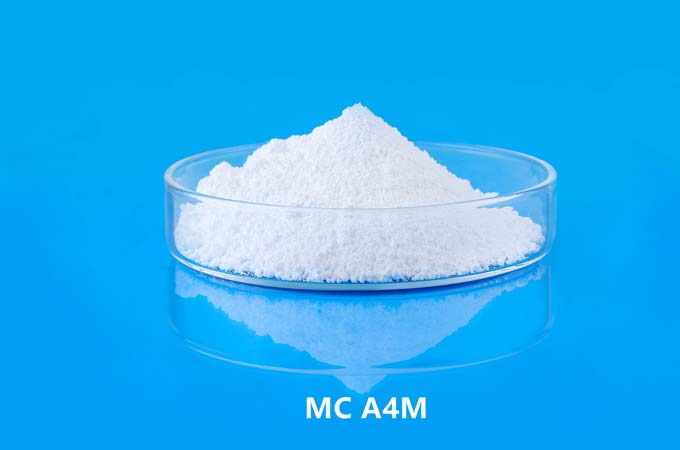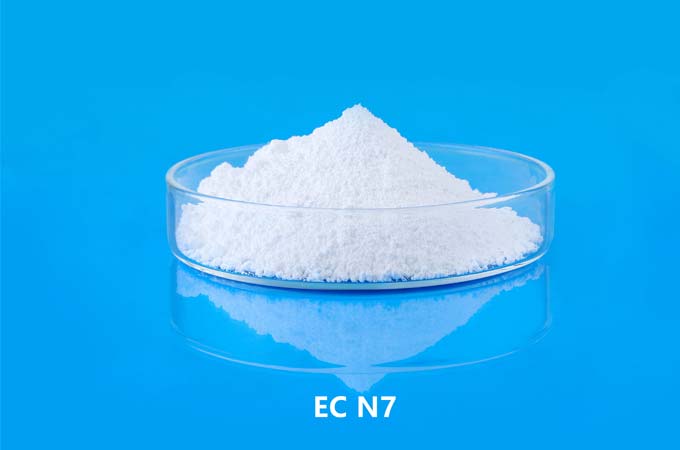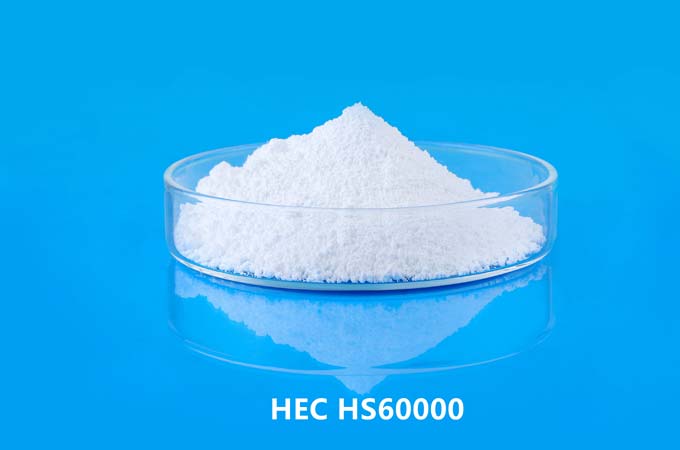Creating gel with a hydroxyl ethyl cellulose (HEC) involves a simple process, and the gel obtained can be used in various applications, such as in drugs, cosmetics and food industries.
Introduction to hydroxye ethyl cellulose (HEC):
Hydroxye ethyl cellulose (HEC) is a non -ionic water -soluble polymer derived from cellulose, which is a natural polymer found in the wall of the plant cells. HEC is widely used in the industry due to its unique flowing characteristics, such as thickening, stability, and gel condensation capabilities. Its versatility makes it applies to the application of personal care products to drugs.
Materials required:
Hydroxyl ethyl cellulose (HEC), distilled water, mixed container, mixing rod or mixer, pH, preservative (optional), other additives (optional)
program:
Preparatory work area:
Make sure your working space is cleaned and disinfected to prevent any pollution. Before starting, wash your hands thoroughly.
Measure water:
Use a long cylindrical or measuring cup to measure the required distilled water. The amount of water will depend on the concentration of the gel.
Illects Hec:
Accurately weigh the proper hydroxyl ethyl cellulose wholesale. The concentration of HEC in the water will determine the viscosity and gel strength of the final product. Generally, the concentration is between 0.5 % and 3 %.
Water Hec HEC:
Slowly sprinkle HEC while stirring continuously. This helps to disperse the HEC particles evenly, thereby preventing blocks. Continue to stir until HEC is fully hydrophilic.
Mixed and dissolved:
After hydrophilic HEC, use a mechanical mixer or a mixing rod to completely mix the solution. Continue to stir until HEC is completely dissolved in the water. This process may take some time. Patience is essential for a smooth and uniform gel.
pH adjustment (optional):
Use pH to measure the pH value of the solution. If necessary, you can adjust the pH by adding a small amount of acid or alkali. The best pH of gel will depend on specific applications.
Additive (optional):
If necessary, add preservatives or other additives to enhance the stability and function of gel. Make sure you follow the recommended level of each additive.
Test and adjustment:
Test the consistency, viscosity and other characteristics of the gel. If you need to adjust, you can add more HEC cellulose to increase viscosity or more water to reduce it.
Finally mixed:
Once the performance of the gel is met, it will finally mix it together to ensure uniformity.
Packing and storage:
Transfer the gel to the appropriate container, and then store it in a cool and dry place. Mark the preparation date of the container and any relevant information.
Creating gel with hydroxye ethyl cellulose involves a simple and accurate process. By following the following steps, you can produce gels that have a tailor -made characteristic suitable for your specific application. Trying different concentrations and additives will give you fine -tuning gel to meet your needs. When using chemicals, please refer to the security data table and standards and ensure that complying with relevant regulations in the industry.
 English
English 日本語
日本語 français
français Deutsch
Deutsch Español
Español italiano
italiano русский
русский português
português العربية
العربية Türkçe
Türkçe Nederland
Nederland



